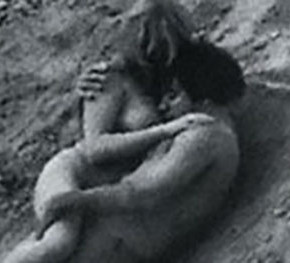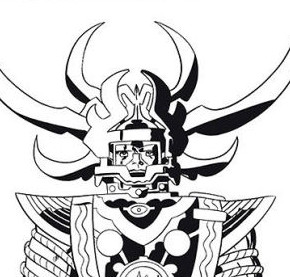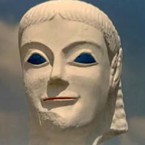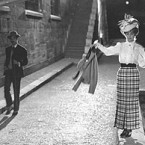
Antonioni and Buñuel: The Ground of Being
Thematic connections and similarities can be seen between scenes in films by the Spaniard Luis Buñuel and multiple works by the Italian Michelangelo Antonioni. Two of the 20th century’s greatest directors, Buñuel and Antonioni competed for recognition and took turns winning the same awards on alternative years at film festivals. For example, Antonioni’s L’Eclisse competed...

Where I’m (Coming) From
Video made after the Charlie Hebdo Massacre of January 7 2015 in Paris, France. Click on the link and turn on the sound: Where I’m (Coming) From

The Deceptions of Argo
For the 2013 Best Picture Oscar-winner Argo, Jack Kirby’s Lord of Light artwork was omitted and his crucial role in the CIA’s rescue plot was downplayed and distorted, but that is only a part of the problem with the film. …History cannot be swept clean like a blackboard, clean so that “we” might inscribe our...

Bang Go the Caresses
Jean-Luc Godard’s 1964 film Contempt inventively deviates from cinematic convention and probes gender relations while it explores miscommunication between people. The storyline is loosely adapted from a 1954 novel by Alberto Moravia, Il Disprezzo [A Ghost at Noon) and depicts the production of a film-within-a film, a cinematic version of Homer’s classic Odyssey. Multileveled ambiguities...

“Then Protest!”
François Truffaut’s films are most often analyzed in terms of their cinematic structure and the interpersonal relationships of their stories, and these qualities do account for a good part of their appeal. His films are not considered particularly political in the context of his contemporaries of the French New Wave. However, Truffaut does critique...





